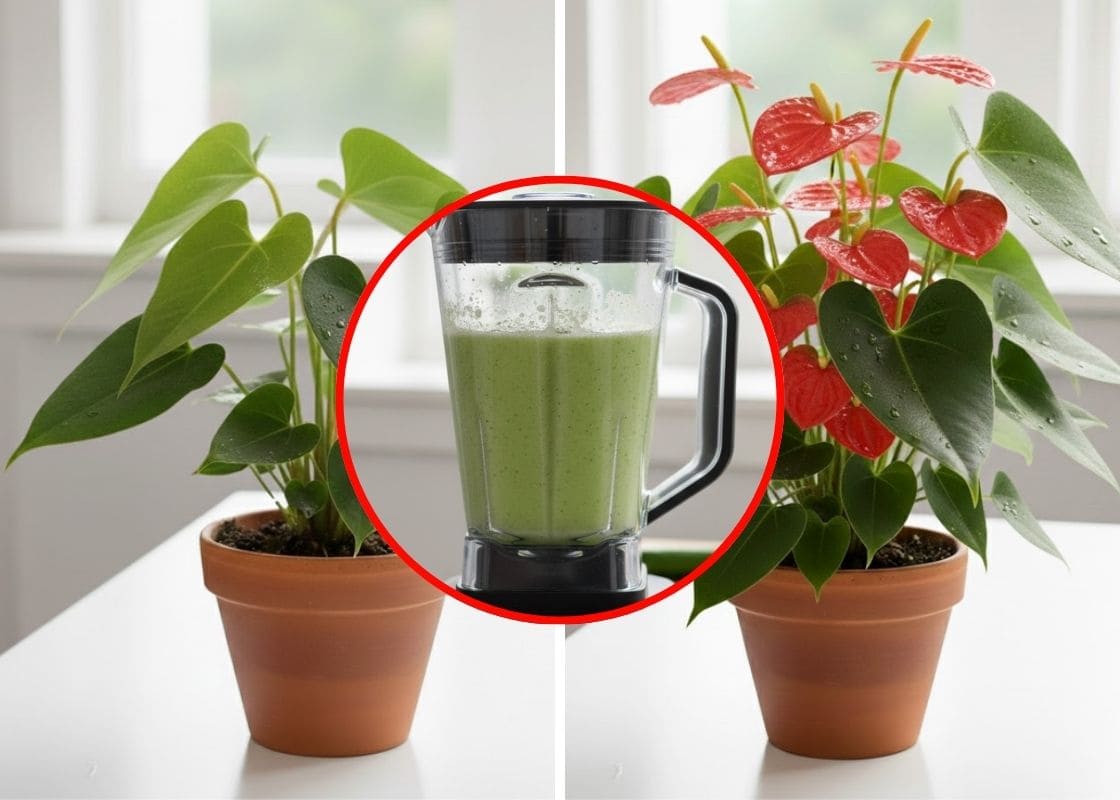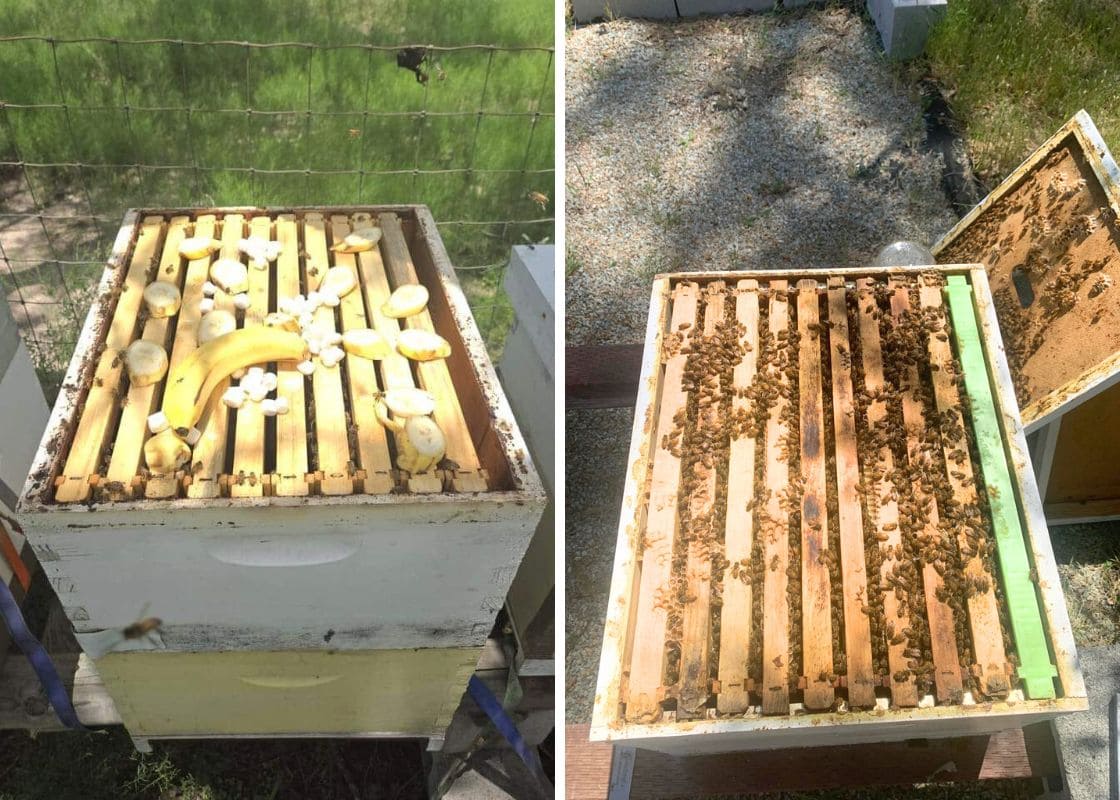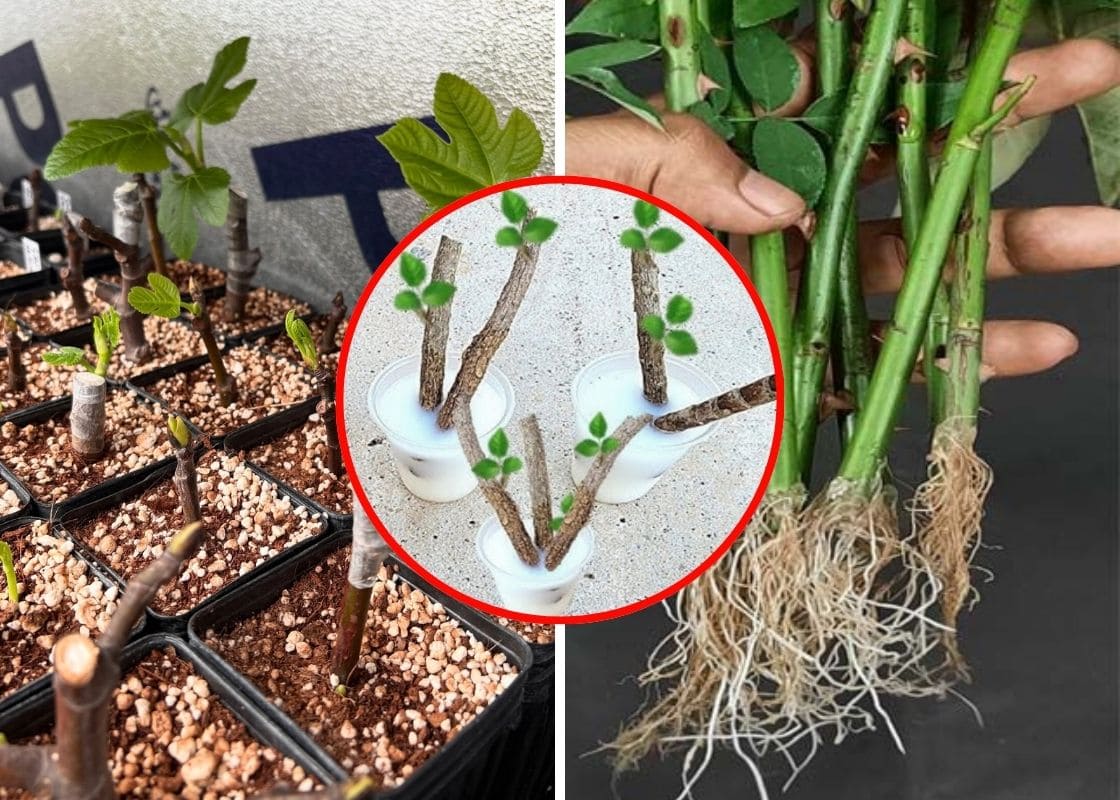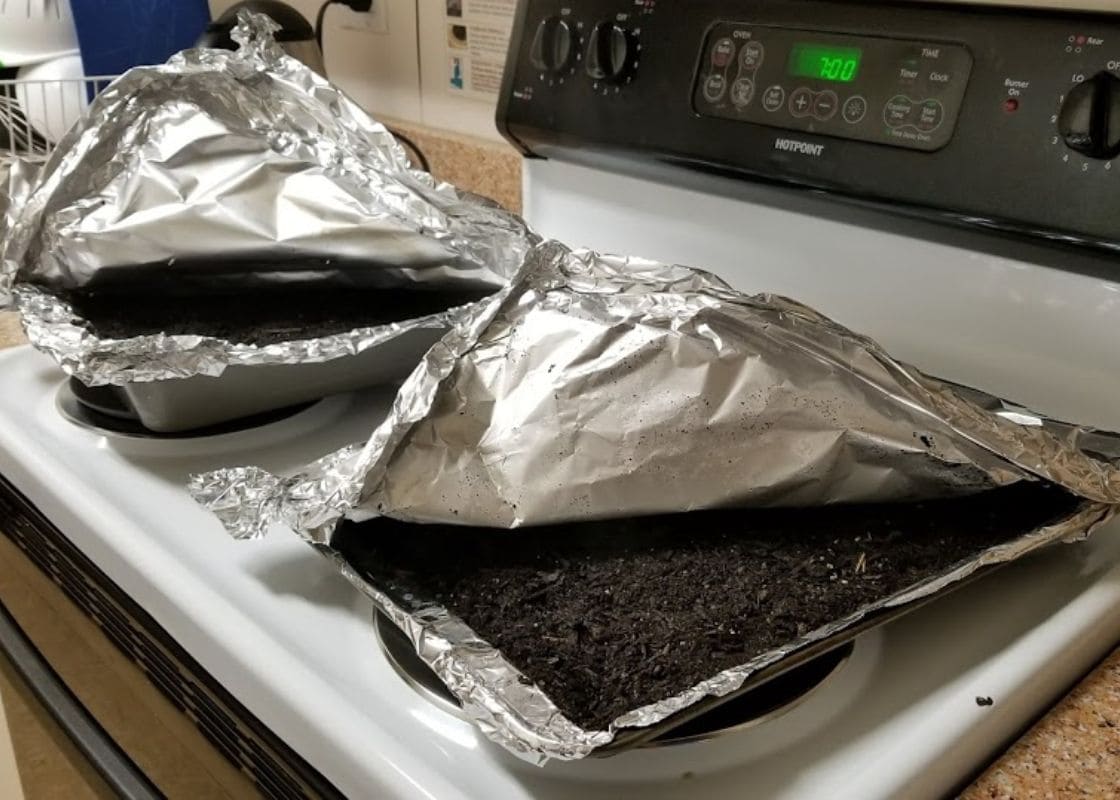English Ivy (Hedera helix) is a timeless plant with a reputation for being hardy and low-maintenance outdoors.
Its graceful vines and lush foliage make it just as desirable indoors, but here’s the catch: ivy grown inside doesn’t always behave like its wild counterparts.
Many plant lovers are surprised when their ivy starts yellowing, dropping leaves, or succumbing to pests.
The good news is, most of these problems come down to a few common mistakes and once you know them, they’re easy to fix.
1. Overwatering Your Ivy
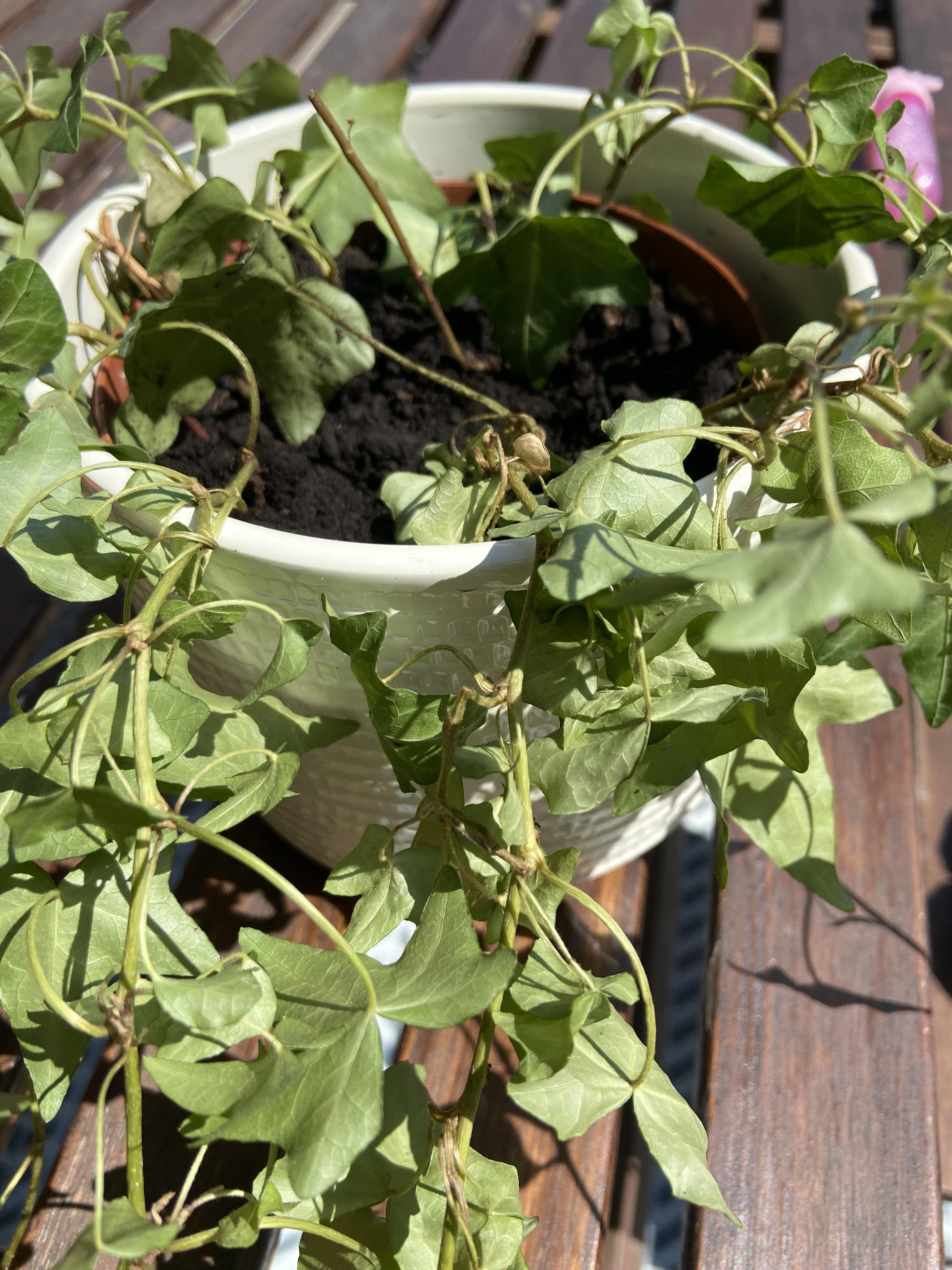
Too much water is the fastest way to kill indoor ivy. In nature, ivy roots spread widely in soil that drains freely.
When stuck in a pot with constantly wet soil, the roots can’t breathe and quickly rot.
Signs of overwatering include limp stems, yellow leaves, and a foul smell in the pot.
Instead of watering on a strict schedule, let the soil guide you.
Stick your finger an inch into the soil, if it’s dry, water thoroughly and let the excess drain out. If it’s still damp, wait a few more days.
2. Using Poor-Draining Soil
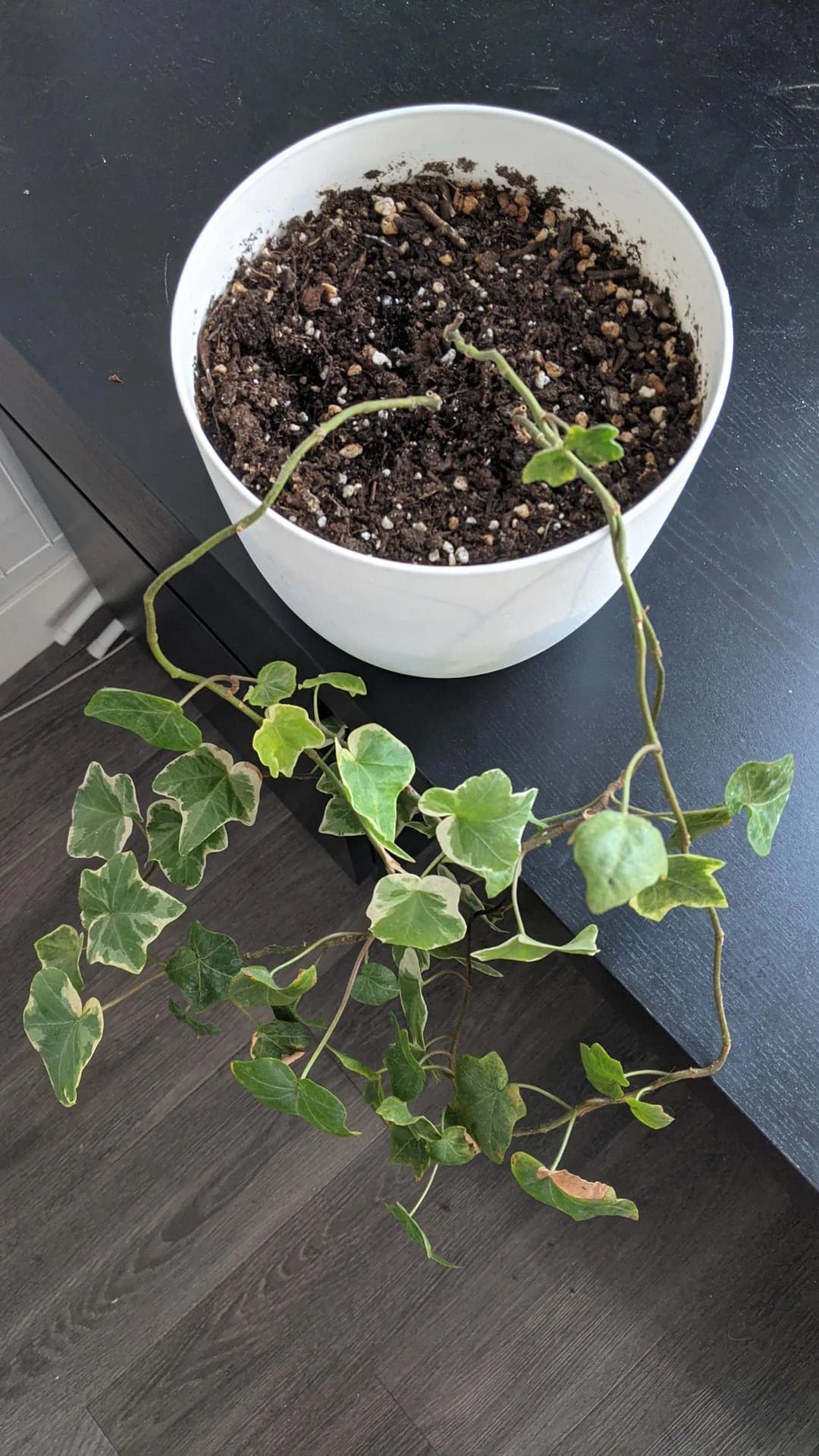
The wrong potting mix can set your ivy up for failure even if you’re careful with watering.
Heavy soils hold water for too long, suffocating delicate roots. Indoor ivy thrives best in a loose, airy mix that dries out between waterings.
A standard indoor potting mix can be improved by mixing in perlite, coarse sand, or even a little bark.
The goal is to create spaces where air and water can move freely, mimicking the soil ivy would grow in outdoors.
3. Giving It Too Little Light

It’s true that ivy tolerates shade, but tolerate isn’t the same as thrive. In dim indoor corners, the plant stretches toward light, producing long, thin vines with small, pale leaves.
To keep ivy lush, place it in bright, indirect light. A few hours of filtered sun through a sheer curtain is perfect.
If your home is especially dark, a simple grow light can make all the difference.
With better light, you’ll notice fuller growth and richer leaf color.
4. Letting the Air Get Too Dry
One of the sneakiest culprits behind struggling indoor ivy is dry air. Central heating, especially in winter, drops humidity levels indoors to desert-like conditions.
Ivy leaves will brown at the edges or curl under when they aren’t getting enough moisture in the air.
To help, mist your plant regularly, run a small humidifier nearby, or set the pot on a shallow tray filled with water and pebbles (make sure the pot isn’t sitting directly in the water).
Ivy thrives in humidity around 40-60%, so anything you can do to boost it will make your plant happier.
5. Ignoring Pests

English Ivy is a magnet for pests like spider mites, aphids, and mealybugs, especially in the dry indoor air.
These pests can spread quickly, leaving sticky residue, tiny webs, or curling leaves.
Don’t ignore these signs. Inspect your plant regularly, especially under the leaves and along stems.
If you spot trouble, wash the leaves gently with a mild soap-and-water solution or use insecticidal soap.
For spider mites, even a simple shower rinse can knock them back. Catching pests early makes all the difference.
6. Overfertilizing the Plant

Many houseplant owners assume more fertilizer means faster, fuller growth, but ivy doesn’t work that way.
Overfeeding leads to salt buildup in the soil, which burns roots and weakens the plant.
Symptoms include scorched leaf tips and poor overall growth.
Instead, fertilize sparingly: use a balanced liquid houseplant fertilizer, diluted to half strength, once a month during spring and summer.
In fall and winter, when ivy slows down, skip fertilizing entirely. Less is more here.
7. Keeping It Too Warm
Most indoor plants love warmth, but ivy is a bit different. It naturally thrives in cooler conditions, and indoor temperatures above 75°F often stress it out.
If your ivy is dropping leaves or looking limp despite good care, check the thermostat.
A range of 50-70°F is ideal. This makes ivy perfect for cooler rooms, entryways, or even spaces near drafty windows.
8. Skipping Pruning
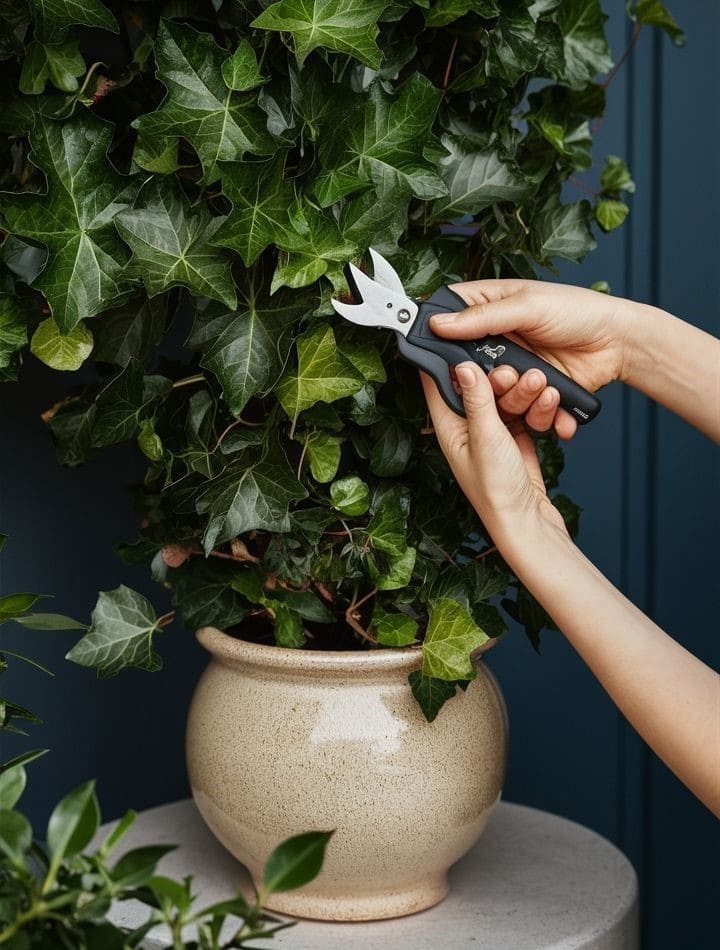
English Ivy has a habit of getting leggy when left unchecked. Without trimming, vines can grow long and bare at the base, leaving you with a thin, scraggly plant.
Regular pruning encourages fresh growth from the base, keeping the plant full and lush.
Don’t be afraid to snip back long runners or shape the plant to fit your space.
9. Using Hard Water
If your tap water is high in salts or chemicals, your ivy may suffer.
White crusts on the soil or brown spots on leaves are common signs of hard water issues.
Over time, minerals build up in the soil and disrupt root health. If this is a concern in your area, switch to filtered, distilled, or rainwater for your ivy.
Not only will the plant look healthier, but the leaves will also stay cleaner and brighter.
10. Not Providing Support

Indoors, ivy often trails messily without direction. While its cascading vines can look beautiful in a hanging basket, ivy is a natural climber.
Giving it something to climb like a moss pole, trellis, or even simple wires helps it grow in a way that’s closer to its natural form.
This can also encourage denser foliage and reduce tangling. If you want a tidy, dramatic display, a little support goes a long way.


